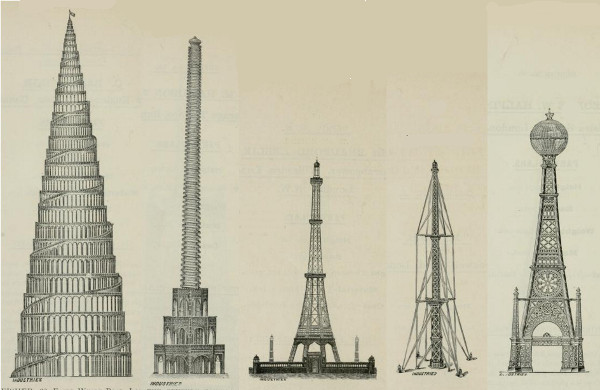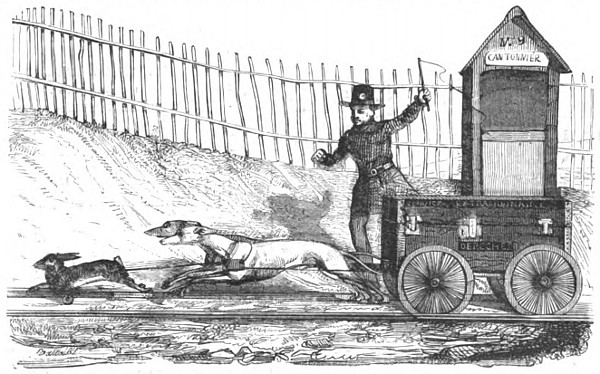
In 1973 and 1974, the U.S. armed forces gave a food preference survey to about 4,000 members of the Army, Air Force, Navy, and Marine Corps.
The examiners included three fake dishes “to provide an estimate of how much someone will respond to a word which sounds like a food name or will answer without reading.”
The three fake dishes were “funistrada,” “buttered ermal,” and “braised trake.” The Washington Post reported, “Out of the 378 foods listed, braised trake came in 362, buttered ermal was 356 and funistrada finished several foods above the bottom 40, coming in between brussels sprouts and fried okra.”
For the record, here are the nine lowest-ranked foods, from the bottom up — all nine are so bad that service members ranked them beneath foods that don’t exist at all:
Buttermilk, skimmed milk, fried parsnips, low-calorie soda, mashed rutabagas, french fried carrots, prune juice, stewed prunes, french fried cauliflower.
(“The Ranking of the Favorites,” Washington Post, July 1, 1987. The Army survey is here: PDF.)









